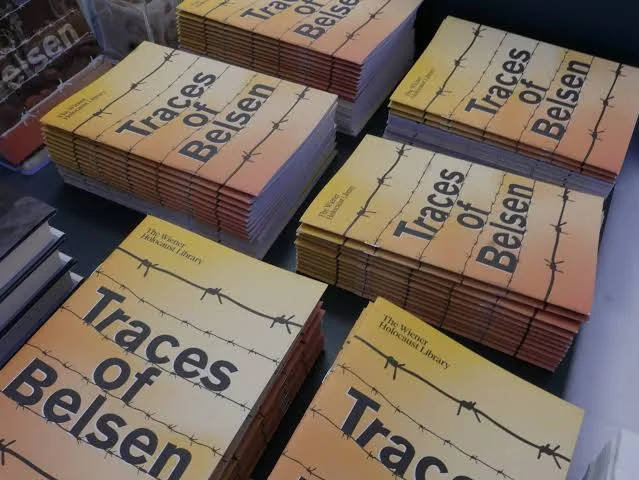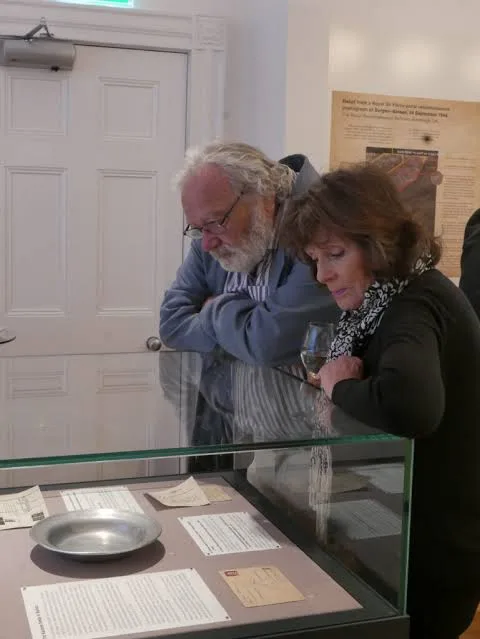A new exhibition at the Wiener Holocaust Library in London sheds light on the history of Bergen-Belsen, the concentration camp where Anne Frank died. “Traces of Belsen” chronicles the camp’s complex past, from its origins as a prisoner-of-war camp to its role as a site for Jewish prisoners and its eventual liberation by British forces in April 1945.

Unique Aspects of Bergen-Belsen
Bergen-Belsen stands out from other Nazi concentration camps in several ways²:
- Establishment and Purpose: Initially founded as a prisoner-of-war camp in 1940, Bergen-Belsen later housed Jews who were supposed to be swapped for German nationals held by the Allies.
- Conditions and Death Toll: The camp’s conditions rapidly deteriorated in 1945, with overcrowding, disease, and starvation leading to the deaths of over 50,000 people, including Anne Frank and her sister Margot.
- Liberation and Aftermath: British forces liberated the camp on April 15, 1945, finding around 55,000 emaciated and severely ill prisoners.

Exhibition Highlights
“Traces of Belsen” features a range of artifacts, including:
- Portraits by Eric Taylor: Paintings by the British soldier and artist who helped liberate the camp, providing a poignant glimpse into the lives of prisoners.
- Diary of Ruth Wiener: A diary smuggled into the camp by Ruth Wiener, daughter of the library’s founder, which reveals the hardships of everyday life for Jewish prisoners.
- Photographs and Documents: Rare photographs and documents showcasing the camp’s brutal conditions and the stories of its prisoners.

Exhibition Events
The Wiener Holocaust Library hosted several events in conjunction with the exhibition, including:
- “The Boy Who Didn’t Want to Die” with Peter Lantos: A hybrid exhibition event exploring the story of a survivor.
- “Goldie Morgentaler discusses the life and work of her mother, Chava Rosenfarb”: An exhibition online talk.
- “Belsen in British Memory” with Sue Vice and Dan Stone: An exhibition event examining the camp’s legacy.
Exhibition Dates
“Traces of Belsen” is on display at the Wiener Holocaust Library from April 10, 2025, to July 10, 2025.
